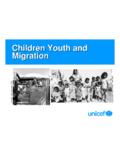Transcription of An Integrated Interdisciplinary Approach to …
1 An Integrated Interdisciplinary Approach to Therapeutic Design Daniel Winterbottom, FASLA, Professor, Department of Landscape Architecture, University of Washington; Principal, Winterbottom Design Inc. Amy Wagenfeld, PhD, OTR/L, SCEM, CAPS; Assistant Professor Rush University; Occupational Therapist; Co-owner, Design for Well-Being Lisa Waisath, Manager, Nikkei Manor Assisted Living; Geriatric Wellness Instructor; Certified Specialty Trainer for Dementia and Mental Health Presentation objectives 1. Designing therapeutic gardens for those aging in place. 2. Methods for successful Interdisciplinary collaborations. 3. Benefits of the participatory design model.
2 4. Techniques to improve intercultural understanding. 5. Expanding the understanding and appreciation for landscape architecture among other disciplines. Design/Build Teaching Model Service: Design/build becomes a vehicle for service learning while exposing students to people of different backgrounds, ages, abilities, and cultures. Collaborative: Through community participation building becomes social as well as a physical art. Ethical: Students are challenged to create ecologically and socially responsible projects. Experiential (learning by doing, the advantages and challenges). Competition/shared endeavor (students learning the value of ego and collaboration).
3 Inter-dependent (fostering the climate of practice, particularly Interdisciplinary practices). Multiple and shifting roles (fostering the climate). Client/community based (real constraints and messiness). Applied laboratory (ability to explore techniques approaches that would be risky in practice). Skill Development Objectives Increase exposure to human diversity Experience and work with and within a different culture Challenge students to reconsider in their design process Representing alternative values Respecting cultural traditions Sensitivity to local aesthetics Form, Function and Aesthetics The form and function of any environment influences a person's ability to meaningfully and equitably participate in life Successful therapeutic engagement in outdoor activities depends on the quality, usability.
4 And appearance of the built environment Occupational therapy practitioners have the knowledge and skills to identify factors that allow people to engage in daily activities and the means to assist people in removing barriers to participation Occupational therapy has a fundamental interest in both the form and function of the built environment, recognizing the importance of the interaction between the person and environment during daily occupation. Benefits for Client Cost-effective solution to create therapeutic, aesthetically pleasing, culturally appropriate environment for residents Design and therapeutic elements intertwined into functional and attractive whole Outdoor space designed for multiple uses (events, activities, large-group / small-group / individual use)
5 And on multiple levels Thematic basis for subsequent property enhancements Better visual interest of property from multiple angles & enhanced aesthetic of the neighborhood Increased marketability & perceived value of property Unforseen Consequences Attractive nuisance for transients in the neighborhood Cost of increased security necessary to counteract attractive nuisance . Cost of landscaping maintenance services Functionality of design elements Considerations for Clients on a Budget Partner with local University Landscape Architecture program (if possible). Gather input and feedback from stakeholders via multiple mechanisms Utilize existing plants & structures (as possible).
6 Rally stakeholders to support the project through donations of time, expertise, money, materials when people trained in different disciplines come together.". ~ Patrick Maxwell
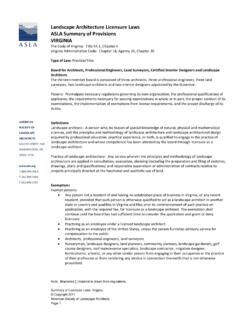
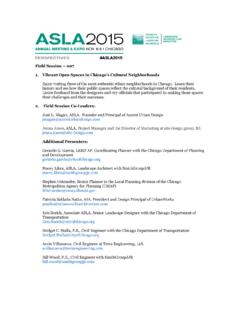


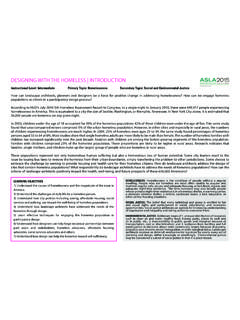


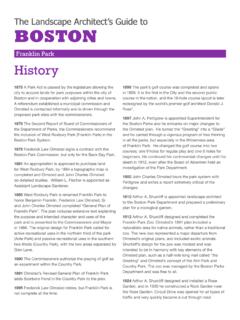

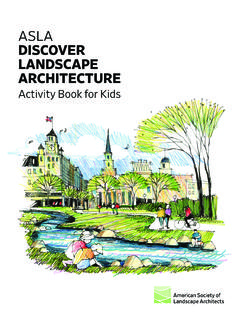

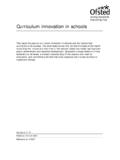
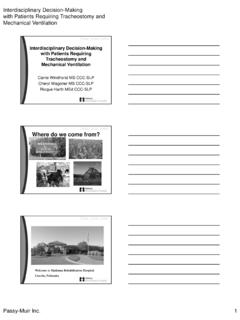
![-:HSTCQE=UX]ZXU - OECD.org](/cache/preview/9/0/f/7/1/8/4/1/thumb-90f7184114476572160c1ff26e5abd2d.jpg)
